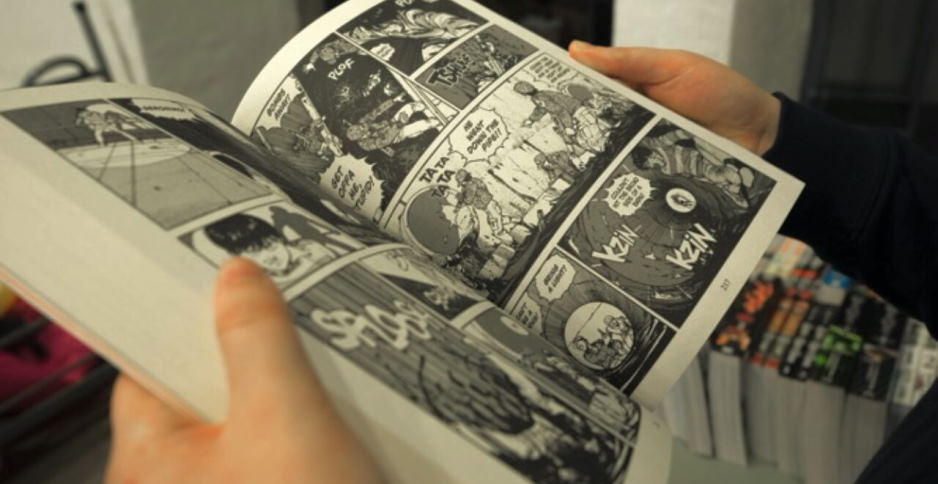Drawing can be a great way to express yourself and hone your creative side. From the basics of making sure your paper is set up correctly all the way through regular practice to maintain those skills – practiced drawing will help take your artwork further. Here are some tips to help you improve your drawing skills:
Start with the Basics
A great artist must start with the fundamentals! Before you can recreate complicated works of art, brush up on your knowledge of basic shapes like lines, circles, and squares. Getting a good grasp of the fundamentals will make the entire process easier.
At first, try sketching simple shapes and lines to get comfortable with the basics. Make sure to practice holding and controlling the pencils or pens you’ll also use. Next, move on to simple objects, like a cup or a flower.

Keep Practicing
Consistent practice is key when it comes to improving your drawing skills. Make time to draw and sketch as much as possible in your daily schedule. Of course, the more you draw, the better you will become, so don’t be afraid to challenge yourself.
Take accountability for your progress by tracking what you’re working on and how much time you devote to it. This will help ensure you stay motivated and focused on getting better at drawing.
Study the Masters
Learning from others is a great way to improve your own artwork quickly. Research the works of famous artists who specialize in the style you’re looking to learn. Examine how they draw and shade and their technique for creating depth and perspective.
Try drawing the same subject or scene but with your own unique take on it. This will help you better understand why certain techniques work better than others and how to achieve the desired effect.
Find the Right Tools
The right tools can make a huge difference in your artwork. Invest in quality pencils, charcoal, erasers, sharpeners, and other essential supplies. You should also identify which type of paper is best for practicing drawing—for example, smooth paper is great for graphite pencils.

Transform Your Artwork with Creative Color Theory
Color can be a powerful tool in art composition, allowing you to create moods, evoke emotions and communicate messages. Creative color theory can help you explore the potential of colors and transform your artwork.
The key to understanding creative color theory is understanding how colors interact with each other. The science of color is based on three principles: hue, value and chroma. Each of these principles can be used to create visually appealing compositions and explore the possibilities of color in art.
Hue is the basic property of a color that makes it red, blue, green or any other hue. Values refer to how light or dark a color appears, while chroma is how bright or dull a color appears. These three principles can be used to create amazing effects and explore color in art.
For example, complementary colors are two hues opposite each other on the color wheel, creating a vibrant contrast when combined. Analogous colors are three hues that exist next to each other on the wheel, and when blended together, they give the painting a harmonious quality.
You can also use color temperature to create different effects in your artwork. Warm colors are reds, oranges, and yellows, while cool colors include blues, greens, and purples. To create contrast, mix warm and cool colors together in the same composition.









